The Notion of Assets Equals Liabilities Plus Equity Explained
This then allows them to predict future profit trends and adjust business practices accordingly. Thus, the accounting equation is an essential step in determining company profitability. A company’s quarterly and annual reports are basically derived directly from the accounting equations used in bookkeeping practices. These equations, entered in a business’s general ledger, will provide the material that eventually makes up the foundation of a business’s financial statements.
The balance sheet
These include cash, accounts receivable, inventory, buildings and equipment, investments, and so on. Examples include accounts payable, loans payable, taxes payable, and so on. Shareholders’ equity represents the ownership interest in a company; it is essentially what remains after all liabilities have been paid off with assets.
- Some candidates may qualify for scholarships or financial aid, which will be credited against the Program Fee once eligibility is determined.
- Balance sheets give you a snapshot of all the assets, liabilities and equity that your company has on hand at any given point in time.
- These are listed on the bottom, because the owners are paid back second, only after all liabilities have been paid.
- The accounting equation is a concise expression of the complex, expanded, and multi-item display of a balance sheet.
- No, fund balance (also kown as net assets) is not equal to asset minus liability.
- The name “balance sheet” is based on the fact that assets will equal liabilities and shareholders’ equity every time.
A balance sheet must always balance; therefore, this equation should always be true. Balance sheets are typically prepared and distributed monthly or quarterly depending on the governing laws and company policies. Additionally, the balance sheet may be prepared according to GAAP or IFRS standards based on the region in which the company is located.
The income statement is the financial statement that reports a company’s revenues and expenses and the resulting net income. While the balance sheet is concerned with one point in time, the income statement covers a time interval or period of time. The income statement will explain part of the change in the owner’s or stockholders’ equity during the time interval between two balance sheets.
This equation is a fundamental accounting principle that reflects the financial position of a business at a given time. The Owner’s Equity equation states that Owner’s Equity is equal to Assets minus Liabilities. This equation shows how much of the company is owned by its owners, as well as how much of the company is owed to creditors. The Net Worth equation states uniform capitalization rules that Net Worth is equal to Assets minus Liabilities. This equation reflects how much a business is worth aftr taking into account all liabilities and assets.
On a more granular level, the fundamentals of financial accounting can shed light on the performance of individual departments, teams, and projects. Whether you’re looking to understand your company’s balance sheet or create one yourself, the information you’ll glean from doing so can help you make better business decisions in the long run. The accounting equation plays a significant role as the foundation of the double-entry bookkeeping system.
If you are new to HBS Online, you will be required to set up an account before enrolling in the program of your choice. For the past 52 years, Harold Averkamp (CPA, MBA) hasworked as an accounting supervisor, manager, consultant, university instructor, and innovator in teaching accounting online. Parts 2 – 6 illustrate transactions involving a sole proprietorship.Parts 7 – 10 illustrate almost identical transactions as they would take place in a corporation.Click here to skip to Part 7.
The Balance Sheet Equation
To learn more about the income statement, see Income Statement Outline. The 500 year-old accounting system where every transaction is recorded into at least two accounts. A beginner’s guide to the accumulated other comprehensive income expense report, a form businesses use to track and reimburse employee expenses.
What is Owner’s Equity? How to Calculate it
For the past 52 years, Harold Averkamp (CPA, MBA) has worked as an accounting supervisor, manager, consultant, university instructor, and innovator in teaching accounting online. Master the basics of foreign currency accounting—so you can get back to bringing in dollars (or euros, or yen…). Charlene Rhinehart is a CPA , CFE, chair of an Illinois CPA Society committee, and has a degree in accounting and finance from DePaul University. Here’s an explanation of how the values listed above have been calculated.
Equity is the difference between assets and liabilities and reflects the amount that would be available to owners if all liabilities were paid off. For a company keeping accurate accounts, every business transaction will be represented in at least two of its accounts. For instance, if a business takes a loan from a bank, the borrowed money will be reflected in its balance sheet as both an increase in the company’s assets and an increase in its loan liability.
Both liabilities and shareholders’ equity represent how the assets of a company are financed. If it’s financed through debt, it’ll show as a liability, but if it’s financed through issuing equity shares to investors, it’ll show in shareholders’ equity. This straightforward relationship between assets, liabilities, and equity is considered to be the foundation of the double-entry accounting system.
Accounting Equation Formula and Calculation
These are listed on the bottom, because the owners are paid back second, only after all liabilities have been paid. In conclusion, understanding the concept of assets equals liabilities plus equity is essential for any business looking to remain financially secure over time. By applying this equation regularly and using it as part of ongoing financial analysis, businesses can ensure they are making smart investments that will help sustain their long-term growth and profitability. When companies take on too much debt or fail to invest enough in their operations, it can lead to serious cash flow problems that could put them at risk of insolvency or bankruptcy. Understanding this equation can help businesses ensure they remain financially healthy by helping them make informed decisions on when and whre to invest their funds.
Everything listed there is an item that the company has control over and can use to run the business. At the bottom of the balance sheet, we can see that total liabilities and shareholders’ equity are added together to come up with $375,319 billion which balances with Apple’s total assets. Building on the previous example, suppose you decided to sell your car for $10,000. In this case, your asset account will decrease by $10,000 while your cash account, or accounts receivable, will increase by $10,000 so that everything continues to balance. By combining these two equations, businesses can ensure that thir books are balanced and they can accurately report their financial position and performance. The assets have been decreased by $696 but liabilities have decreased by $969 which must have caused the accounting equation to go out of balance.
In order for the accounting equation to stay in balance, every increase in assets has to be matched by an increase in liabilities or equity (or both). Balance sheets are one of the primary statements used to determine the net worth of a company and get a quick overview of it’s financial health. The ability to read and understand a balance sheet is a crucial skill for anyone involved in business, but it’s one that many people lack. Essentially, the representation equates all uses of capital (assets) to all sources of capital, where debt capital leads to liabilities and equity capital leads to shareholders’ equity. Want to learn more about what’s behind the numbers on financial statements?

